Shoes play a crucial role in the performance and safety of athletes, especially when it comes to training and running. This summary aims to provide an overview of the key factors to consider when choosing shoes for training and running and to offer some insights into the different types of shoes available for these activities. When it comes to training and running, the right pair of shoes can make a significant difference in terms of comfort, support, and injury prevention. Factors such as shoe type, cushioning, stability, fit, durability, and pronation control are all important considerations when selecting the best shoes for these activities. There are several types of shoes specifically designed for training and running, including running shoes, cross-training shoes, and minimalist shoes.
leather
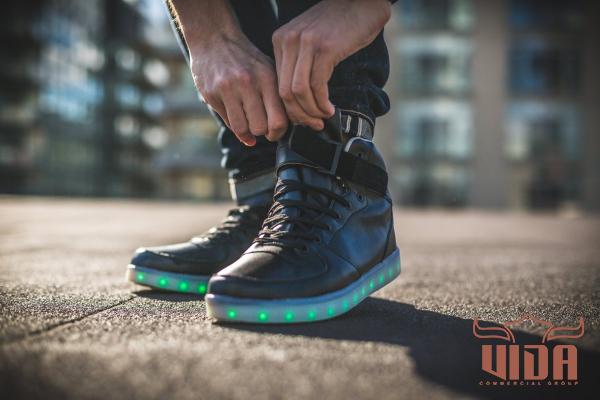 Running shoes are generally the most versatile and are designed to provide optimal cushioning and support for the repetitive impact of running. Cross-training shoes, on the other hand, are intended for a wider range of activities, including gym workouts, weightlifting, and cardio exercises. These shoes typically offer a combination of support, stability, and flexibility. Minimalist shoes, also known as barefoot shoes, aim to mimic the natural movement of running barefoot and promote a more natural running gait. Cushioning is a crucial aspect of training and running shoes as it helps absorb shock and reduce the impact on joints. Different shoes offer varying levels of cushioning, ranging from minimal cushioning for a more responsive feel to maximum cushioning for enhanced shock absorption. The right amount of cushioning depends on individual preferences, running style, and the intended use of the shoe. Stability is another key consideration in shoe selection, particularly for runners with overpronation or underpronation tendencies.
Running shoes are generally the most versatile and are designed to provide optimal cushioning and support for the repetitive impact of running. Cross-training shoes, on the other hand, are intended for a wider range of activities, including gym workouts, weightlifting, and cardio exercises. These shoes typically offer a combination of support, stability, and flexibility. Minimalist shoes, also known as barefoot shoes, aim to mimic the natural movement of running barefoot and promote a more natural running gait. Cushioning is a crucial aspect of training and running shoes as it helps absorb shock and reduce the impact on joints. Different shoes offer varying levels of cushioning, ranging from minimal cushioning for a more responsive feel to maximum cushioning for enhanced shock absorption. The right amount of cushioning depends on individual preferences, running style, and the intended use of the shoe. Stability is another key consideration in shoe selection, particularly for runners with overpronation or underpronation tendencies.
Specifications of leather
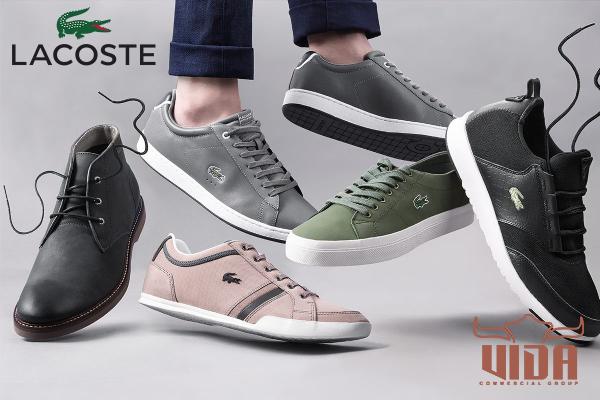 Overpronation refers to the inward rolling motion of the foot, while underpronation, also known as supination, refers to the outward rolling motion. Shoes with stability features, such as medial support and structured cushioning, can help correct pronation issues and provide stability during training and running. Finding the right fit is essential to ensure comfort and prevent foot-related issues. The ideal fit varies from person to person, but it is generally recommended to have about a thumb’s width of space between the longest toe and the end of the shoe. Proper fit consideration should also include the width of the shoe, as having too narrow or too wide shoes can cause discomfort and potential injuries. Durability is another important factor to consider, especially for individuals who engage in high-intensity training or frequent running sessions.
Overpronation refers to the inward rolling motion of the foot, while underpronation, also known as supination, refers to the outward rolling motion. Shoes with stability features, such as medial support and structured cushioning, can help correct pronation issues and provide stability during training and running. Finding the right fit is essential to ensure comfort and prevent foot-related issues. The ideal fit varies from person to person, but it is generally recommended to have about a thumb’s width of space between the longest toe and the end of the shoe. Proper fit consideration should also include the width of the shoe, as having too narrow or too wide shoes can cause discomfort and potential injuries. Durability is another important factor to consider, especially for individuals who engage in high-intensity training or frequent running sessions.
buy leather
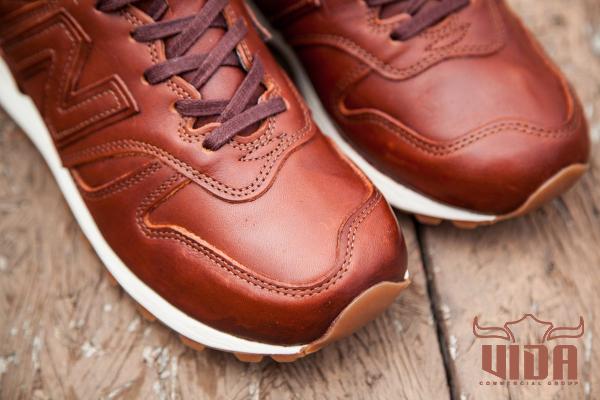 Good quality shoes made from durable materials tend to last longer and withstand the wear and tear associated with rigorous activities. It is advisable to invest in shoes that are specifically designed for training and running, as they are typically constructed to be more durable compared to casual or everyday shoes. Pronation control is an essential consideration for runners, as pronation issues can lead to imbalances and potential injuries. Pronation control shoes are designed with features that help guide the foot into a more neutral position, reducing the risk of overpronation or supination. These shoes often have additional support in the arch area and other stability components to aid in maintaining proper foot alignment. In conclusion, when it comes to shoes for training and running, it is important to consider factors such as shoe type, cushioning, stability, fit, durability, and pronation control. With the wide variety of options available in the market, finding the right pair of shoes that suit your individual needs and preferences can greatly enhance your training experience and reduce the risk of injury.
Good quality shoes made from durable materials tend to last longer and withstand the wear and tear associated with rigorous activities. It is advisable to invest in shoes that are specifically designed for training and running, as they are typically constructed to be more durable compared to casual or everyday shoes. Pronation control is an essential consideration for runners, as pronation issues can lead to imbalances and potential injuries. Pronation control shoes are designed with features that help guide the foot into a more neutral position, reducing the risk of overpronation or supination. These shoes often have additional support in the arch area and other stability components to aid in maintaining proper foot alignment. In conclusion, when it comes to shoes for training and running, it is important to consider factors such as shoe type, cushioning, stability, fit, durability, and pronation control. With the wide variety of options available in the market, finding the right pair of shoes that suit your individual needs and preferences can greatly enhance your training experience and reduce the risk of injury.
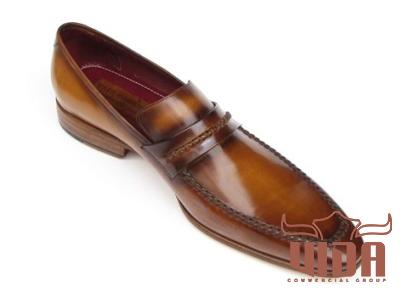
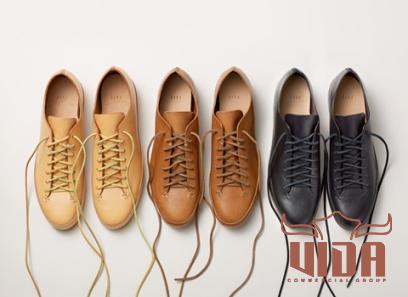
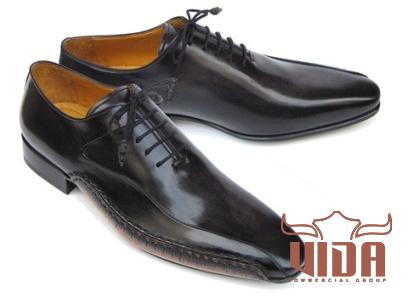
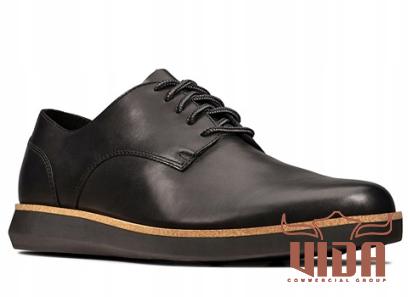
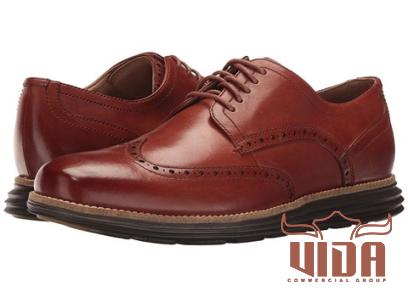
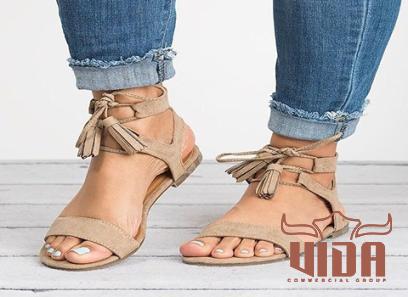
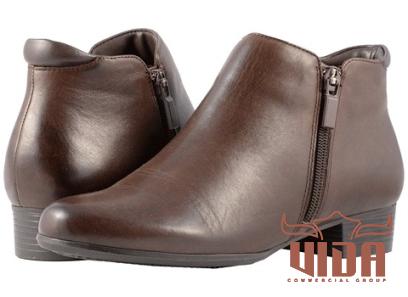
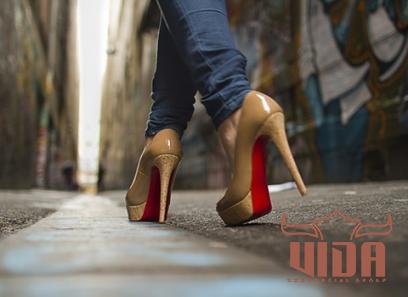

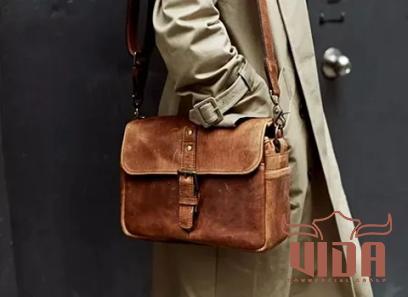
Your comment submitted.